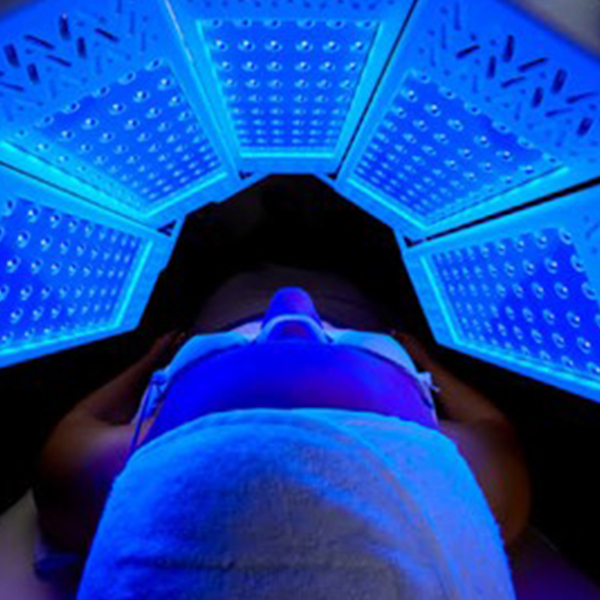Treatment for discoloration and sun related changes
Anti-aging & skin renewal
Broad range of treatments
The Australian sun with it’s high UV index on most days of the year, combined with our healthy outdoor lifestyle can lead to skin that shows signs of sun damage.

Causes
When the UV index is 3 or above, sun damage and sunburn can occur.
To avoid sun damage and lower your risk of skin cancer:
- Wear a daily moisturiser that includes sunscreen
- Add spf 30-50 sunscreen for outdoor activities if the UV index is 3 or higher
- Wear a hat, long sleeves, rash vest, sunglasses
- Seek the shade
- Plan your exercise or regular outdoor time for morning or evening when the UV index is lower
Symptoms
- Uneven brown pigmentation and spots called solar lentigos
- Rough white flaky spots called actinic/solar keratoses
- Fine lines and wrinkles
Treatments
We have a range of treatments and skincare products that erase or improve the signs of sun damage. We also stock a wide range of sunscreens and sunblocks.
The best place to start if you are concerned by sun damage is a full body skin check with one of our doctors.
All before and after photos are displayed with specific patient consent. Results may vary, discuss your individual needs with your health practitioner.


SPF 50 does block out a small fraction more UV, however it is more important to apply sunscreen properly to all areas evenly and reapply after swimming or 4 hours, than the type of SPF above 30.
Yes – around 5% will eventually grow into a SCC skin cancer. This is why we treat all actinic keratoses until they resolve completely.
An average of 15 minutes per day to the forearms and face. It is still important to have sunscreen applied if UV is 3 or greater.
A spot treatment is just treating the lesion of concern (with cryotherapy / laser / excision /shave / medicated cream).
A field treatment treats the whole of one area (face, hands, forearms, scalp) so that not only the visible lesions are treated but any emerging sun damage is also resolved. Photodynamic therapy is a field treatment.



